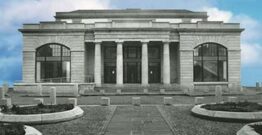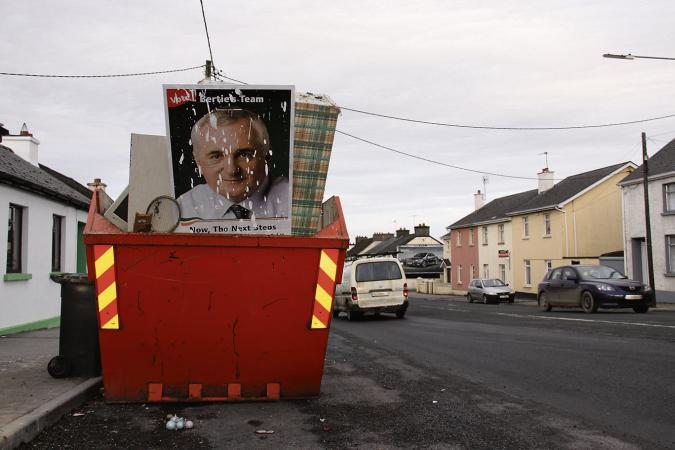-

-
Author: Harry McGee
~ 3 minutes read
World of Politics with Harry McGee
Dick Walsh was a celebrated political journalist who worked for the Irish Times. He wrote a book about Fianna Fáil in the 1990s which wasn’t the best book ever published about the party – but it had a fantastic opening.
He recalled an incident from his youth in his native Co Clare. He was speaking to a man who told him his family had been loyal Fianna Fáil supporters since the “old days”.
“What do you mean, since the Civil War?” asked Walsh.
“Not at all,” said the old man. “We have follied Fianna Fáil since 1798.”
For a younger generation now the notion of civil war politics is history, an antiquarian curio like a rotary phone or a tape recorder.
What’s curious, however, is that the hegemony of Fianna Fáil and Fine Gael lasted so long in Irish society – practically for 70 years.
There was a by-election in Dublin West in 1982, with a lot of candidates. Between them Fianna Fáil and Fine Gael got almost 90 per cent of the vote.
And that was Dublin, not rural northwest Cork.
In the early 1980s, Fianna Fáil and Fine Gael were pulling in over 80 per cent of all votes between them.
In 1981, Fianna Fáil got 46 percent compared to 36 for Fine Gael. The following year both parties got 85 per cent of the vote between them in the first of the two general elections. In the second, they go slightly less.
There then followed a long period where Fianna Fáil’s overall vote slipped back a little, but Fine Gael’s slipped back quite a lot.
In 1987 Fine Gael dropped beneath 30 percent while Fianna Fáil remained in the mid-40s. When Albert Reynolds became Taoiseach in 1991 he fell out badly with the Progressive Democrats and ran a flat and mediocre campaign in November 1992.
For the first time Fianna Fáil support dipped below 40 per cent. For Fine Gael it was worse. They were now down in the mid-20s – Labour, under leader Dick Spring, got its highest ever vote until then in that 1992 election with 19.3 percent support. It was called the Spring Tide.
I know it’s a bit of a stats blizzard but bear with me. For the next decade and a half, Fianna Fáil seemed to be immune from the winds of change.
Under Bertie Ahern the party got 39 per cent in the 1997 election and then climbed back into the 40s in 2002 and 2007. It was the first time that it had done that in 20 years.
Fine Gael rallied a bit too, climbing to 27.3 per cent in 2007 under Enda Kenny.
And then everything changed.
Pictured: End of the road…this Fianna Fáil election poster from the era of Bertie Ahern ended up in a skip in Brackernagh, Ballinasloe. Photo: Gerry Stronge.
For more, read this week’s Connacht Tribune:
Connacht Tribune Digital Edition App
Download the Connacht Tribune Digital Edition App to access to Galway’s best-selling newspaper. Click HERE to download it for iPhone and iPad from Apple’s App Store, or HERE to get the Android Version from Google Play.
Or purchase the Digital Edition for PC, Mac or Laptop from Pagesuite HERE.
Get the Connacht Tribune Live app
The Connacht Tribune Live app is the home of everything that is happening in Galway City and county. It’s completely FREE and features all the latest news, sport and information on what’s on in your area. Click HERE to download it for iPhone and iPad from Apple’s App Store, or HERE to get the Android Version from Google Play.
More like this:
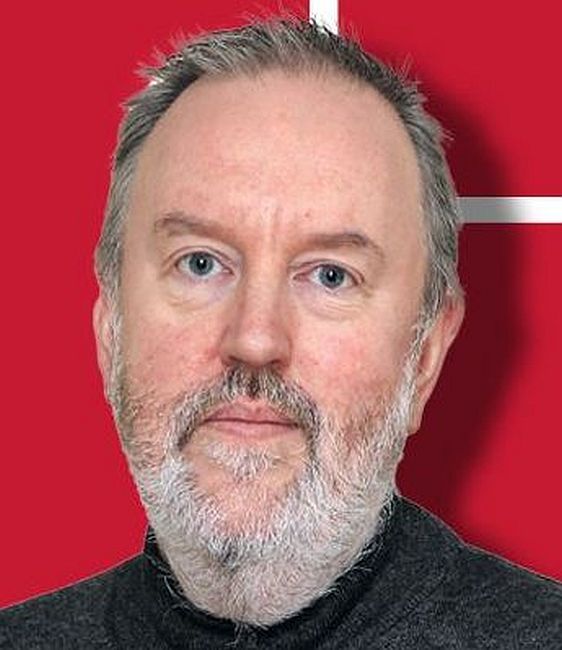
Is the best place for your phone in a sealed pouch?
A Different View with Dave O’Connell We all lost our phones when we went to see Tommy Tiernan ...
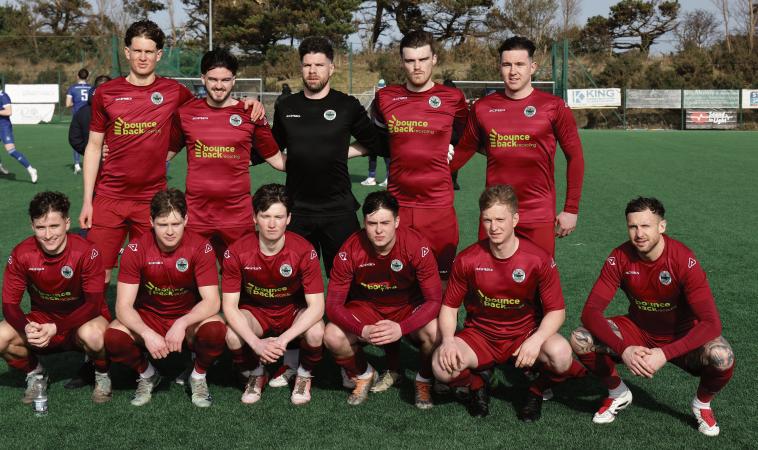
A slow start proves fatal for Galway League on home turf
Galway League 2 Waterford League 3 By Mike Rafferty in Drom AN impressive Oscar Traynor ...

Barna-born solicitor made partner in leading law firm
A Barna-born legal expert who specialises in Irish corporate law has been appointed by top law fi...
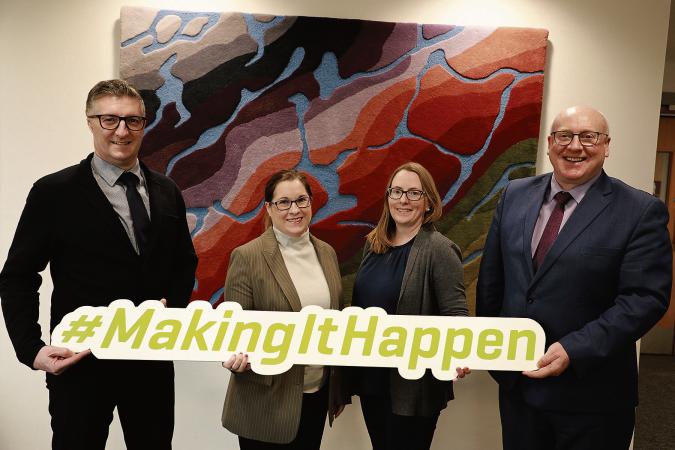
Galway entrepreneurs will get practical tips to navigate AI business challenges
Startup founders, entrepreneurs and SMEs from all over Galway are being invited to attend a speci...
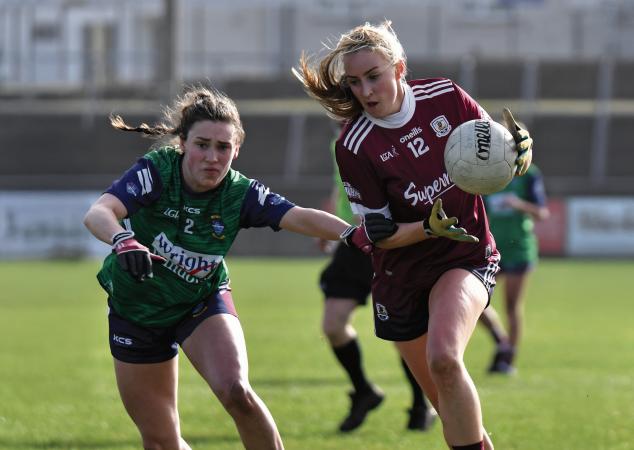
Leonard’s goal puts the seal on a convincing Galway win
Galway 1-14 Westmeath 0-3 DARREN KELLY AT TUAM STADIUM GALWAY’S ladies footballers provi...
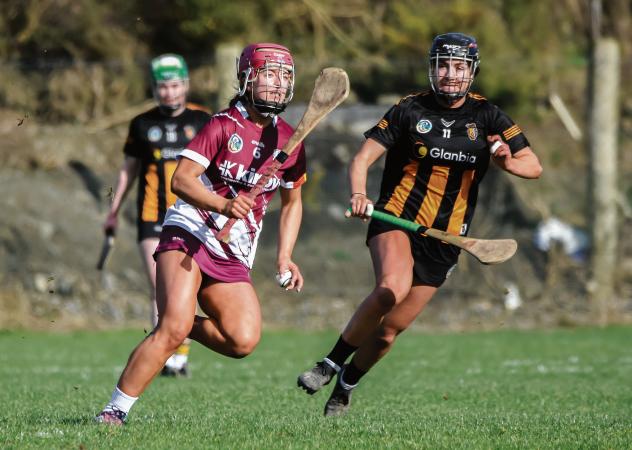
Gritty Galway make ideal start to league campaign
Galway 0-13 Kilkenny 0-11 GALWAY have appeared in the last five National League camogie fin...
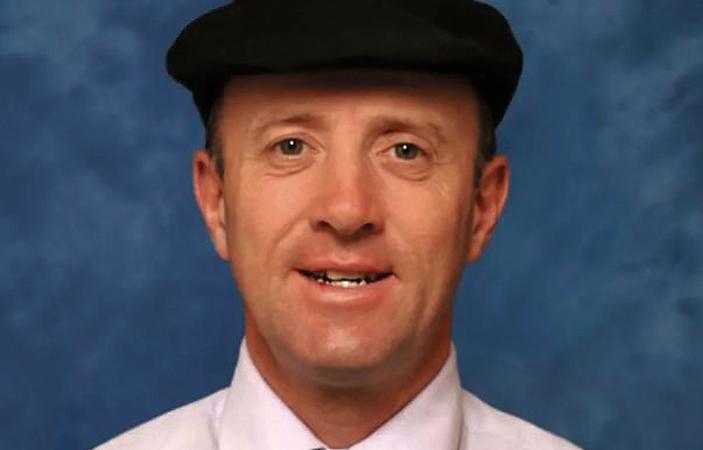
Devastating storm flattened nearly 60,000 acres of forestry
CLOSE on 60,000 acres of forestry across the country were flattened by Storm Éowyn with a signifi...
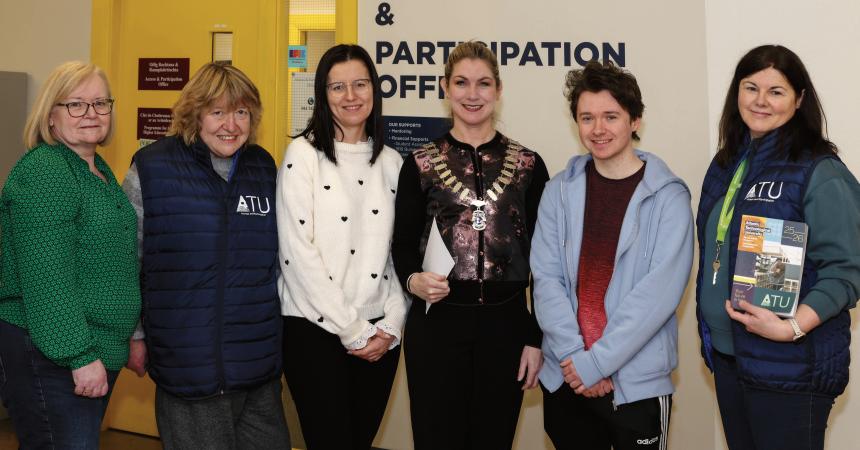
Helping hand for students in need
A grant scheme run by Galway Lions Club offers financial support to people who are struggling wit...
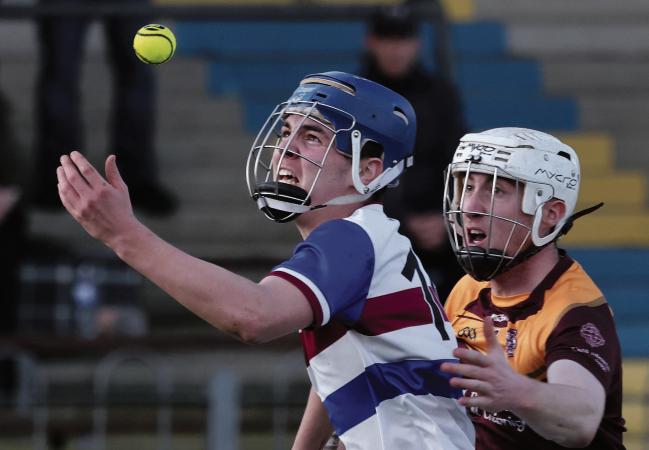
Majestic Claregalway boys pull off sensational triumph
Coláiste Bhaile Chláir 1-21 Kilkenny CBS 0-20 By Niall McIntyre in Banagher A late Rona...
Sign Up To get Weekly Sports UPDATES


